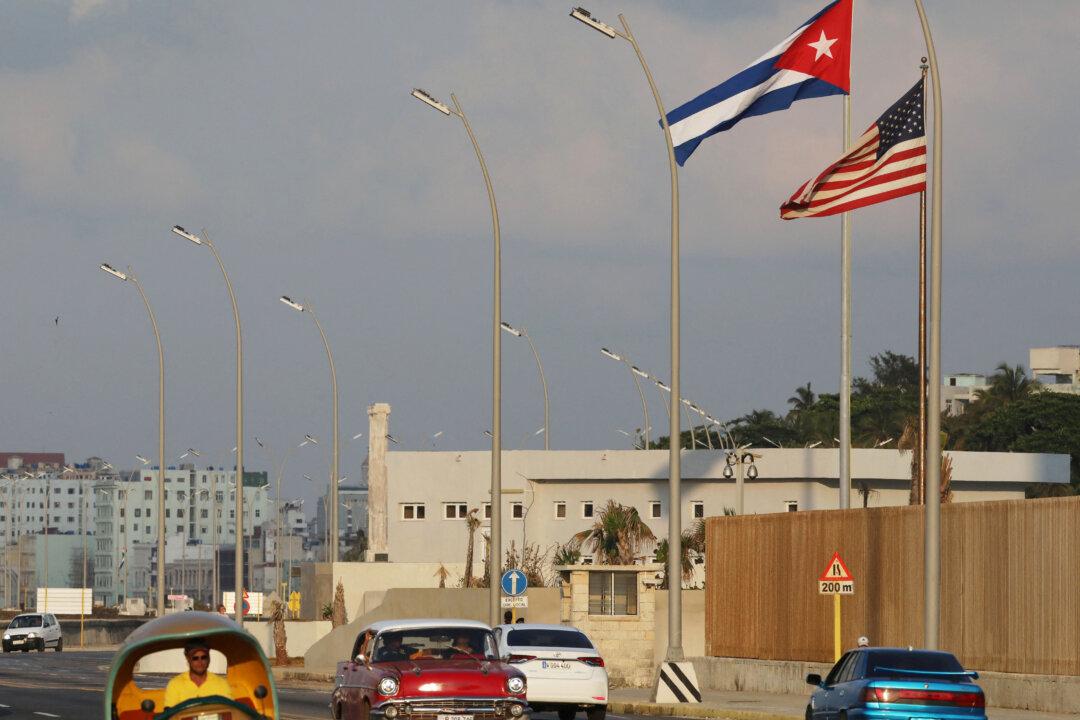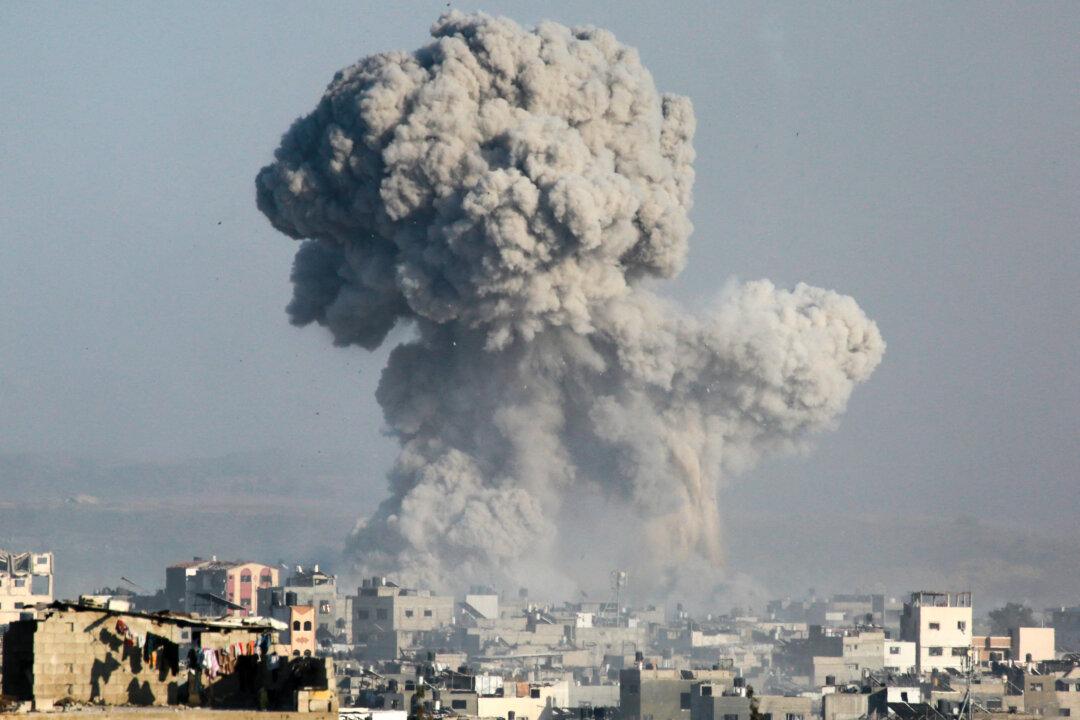More than 569 metric tons of humanitarian aid has been delivered across the U.S.-built temporary pier to Gaza so far, but none of it has been distributed to Palestinian civilians, the Pentagon said on Tuesday.
Pentagon spokesperson Maj. Gen. Pat Ryder said that the United States, Israel, and the United Nations were working to determine “alternative routes for the safe movement of staff and cargo” into Gaza.





